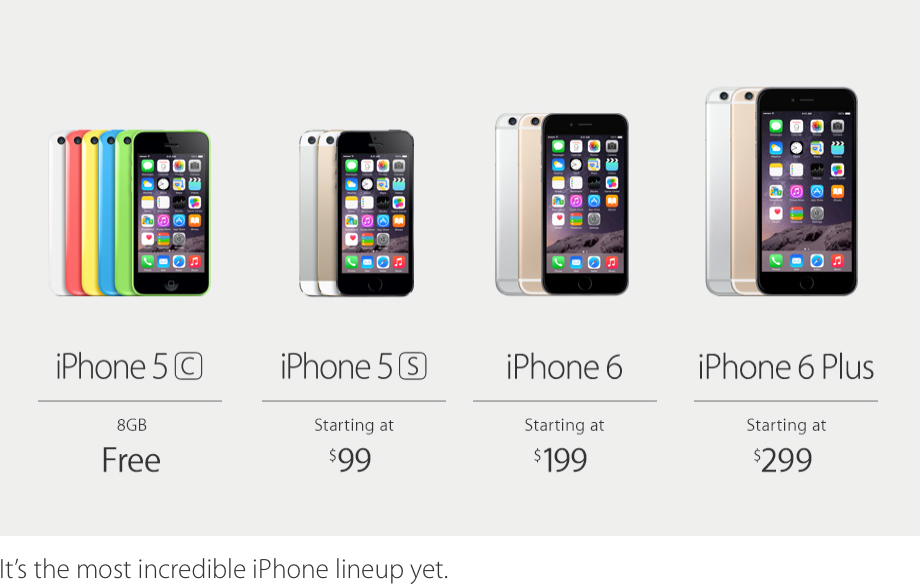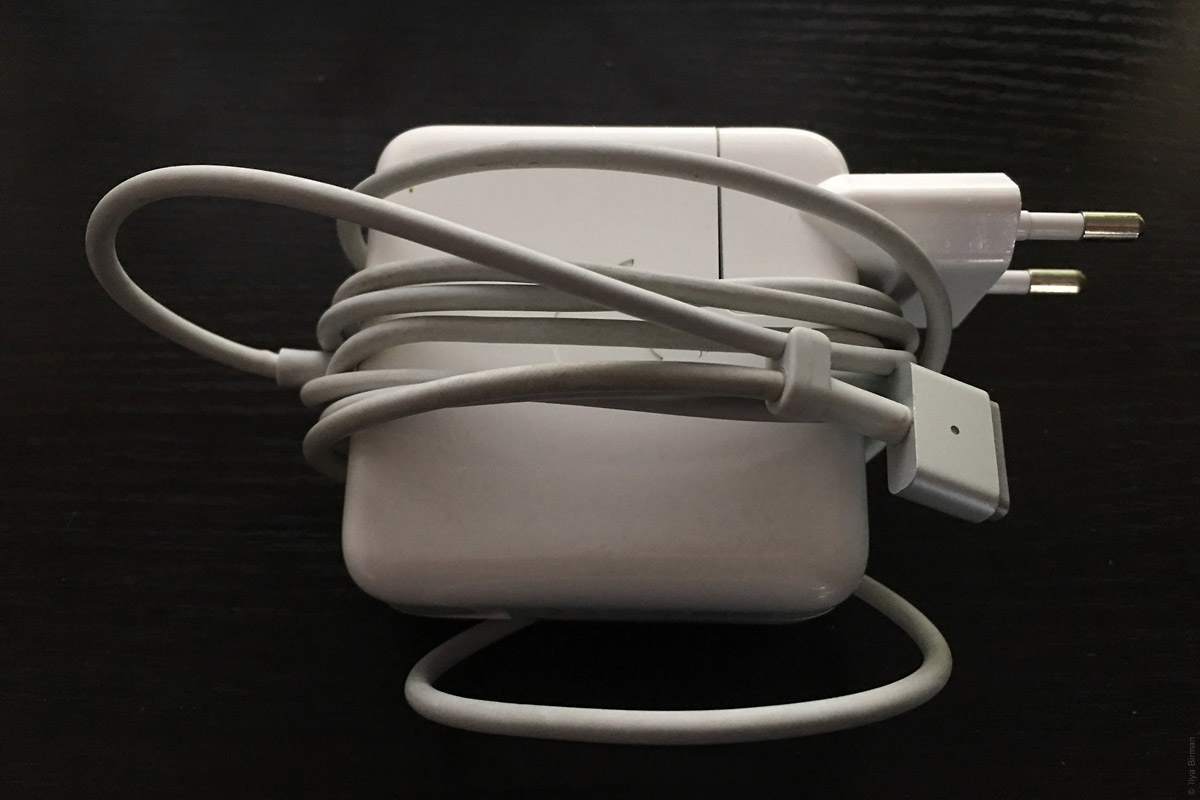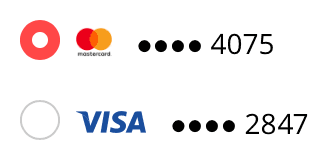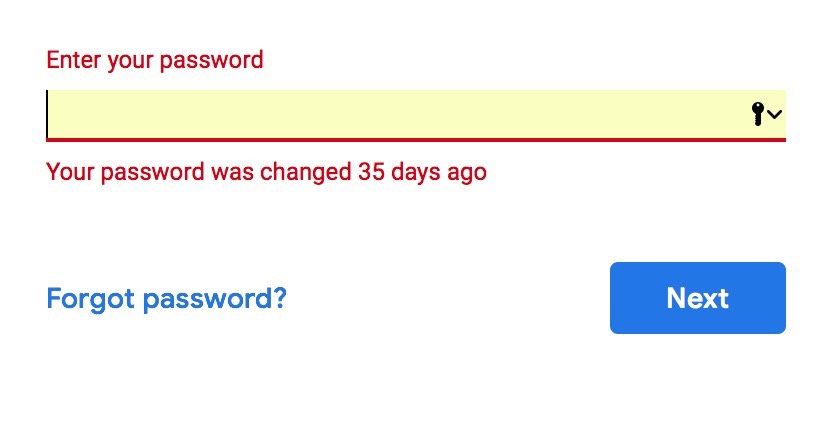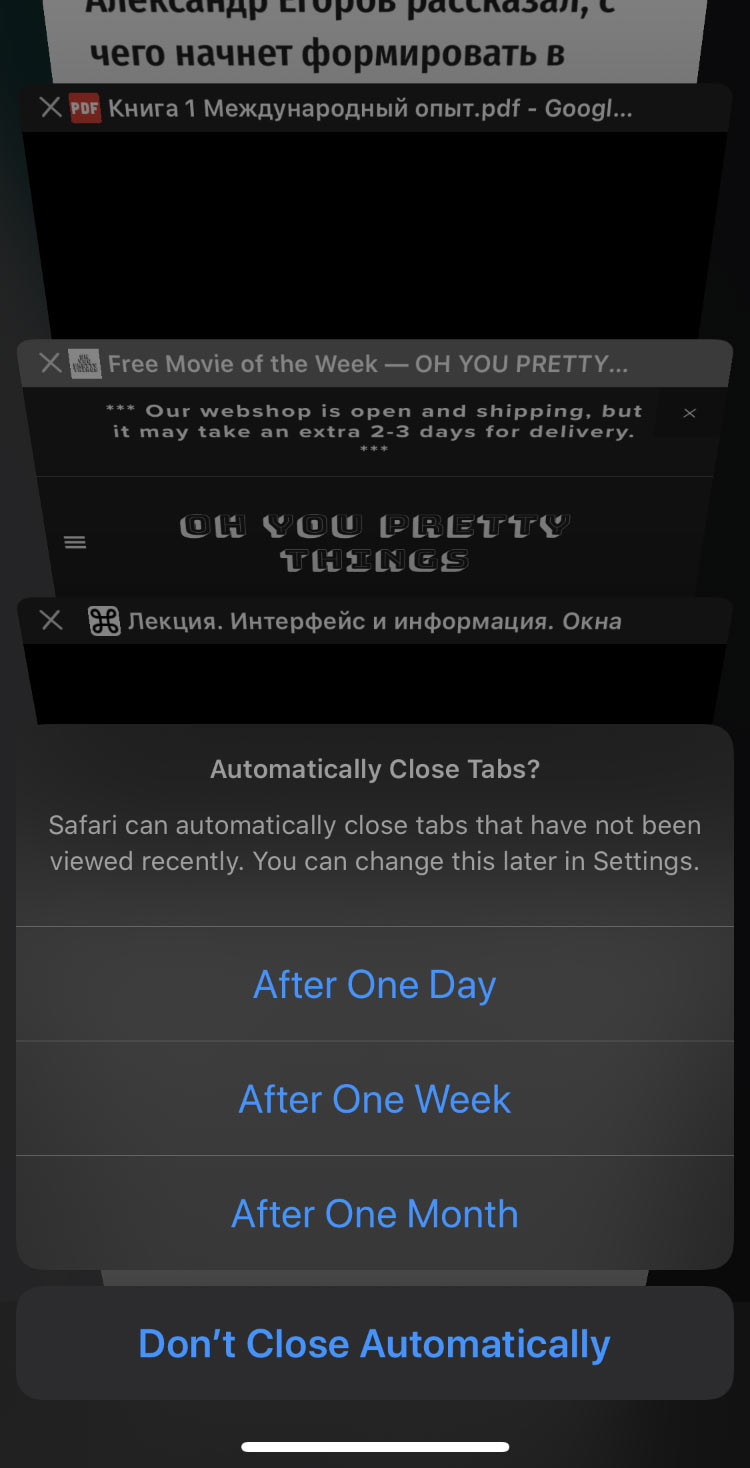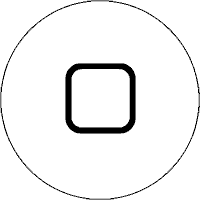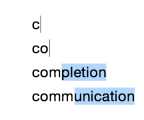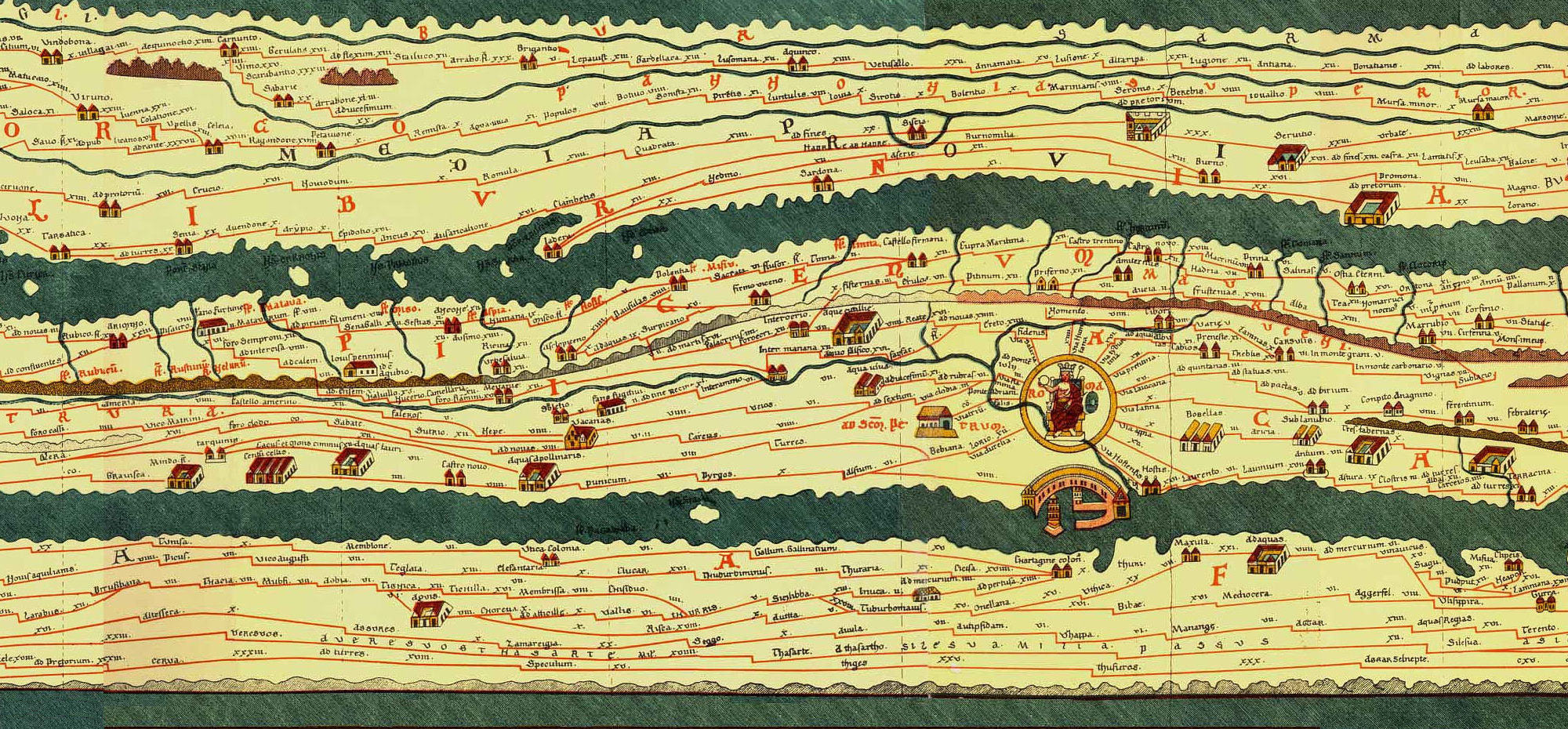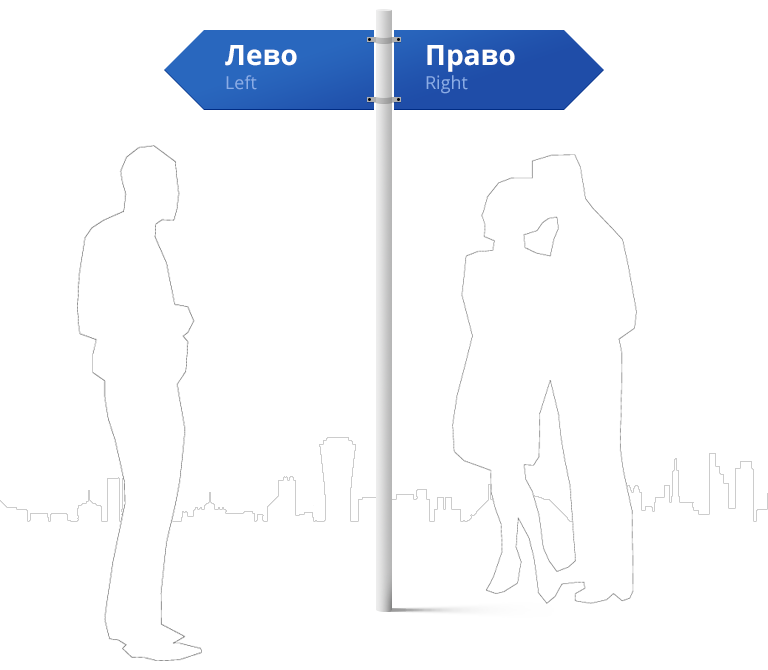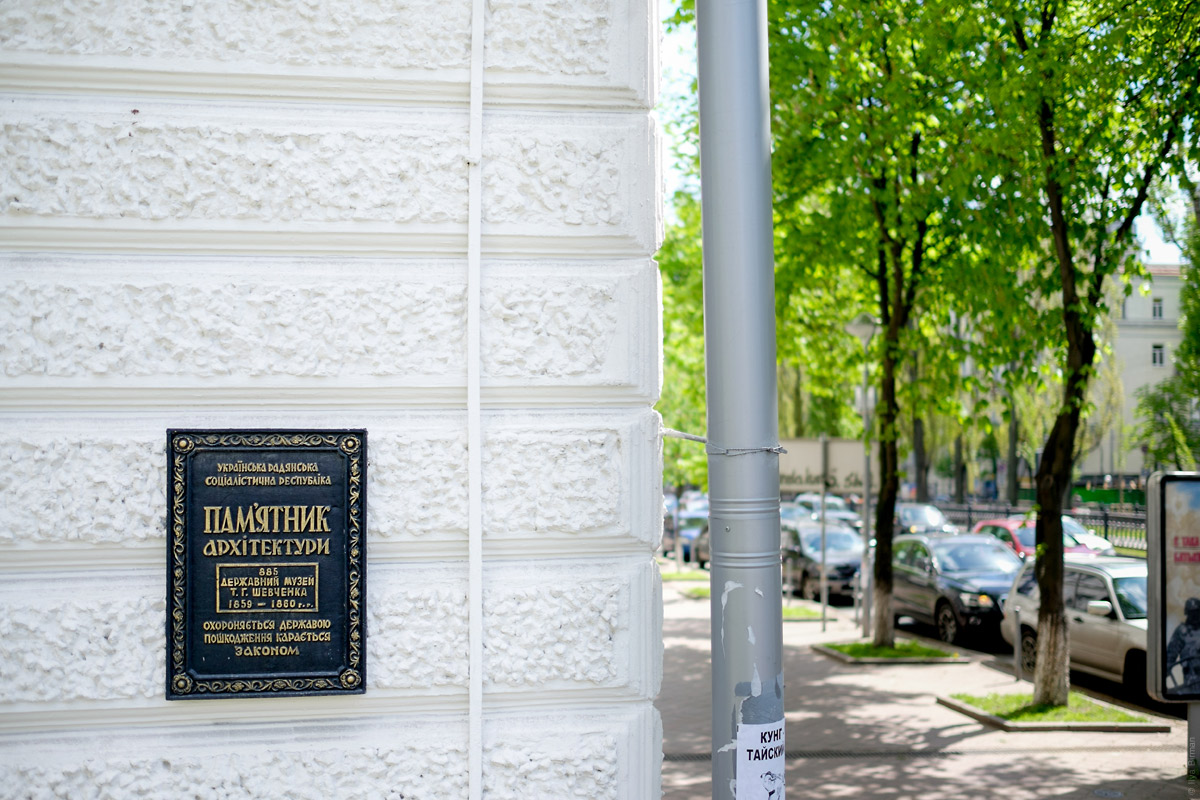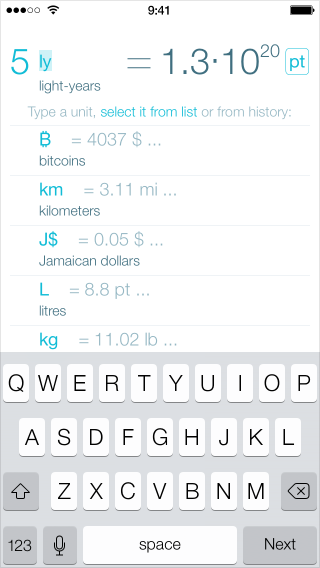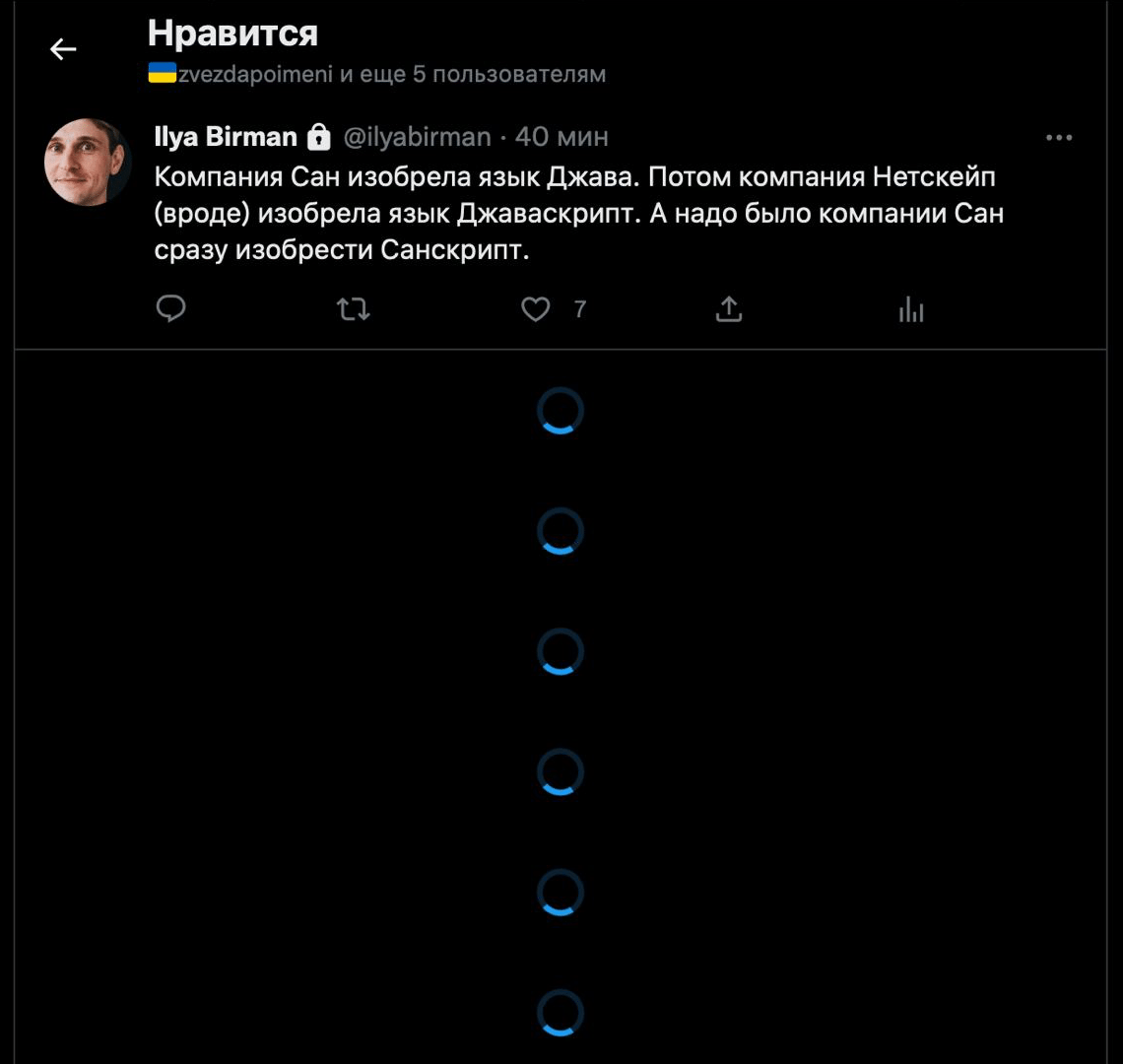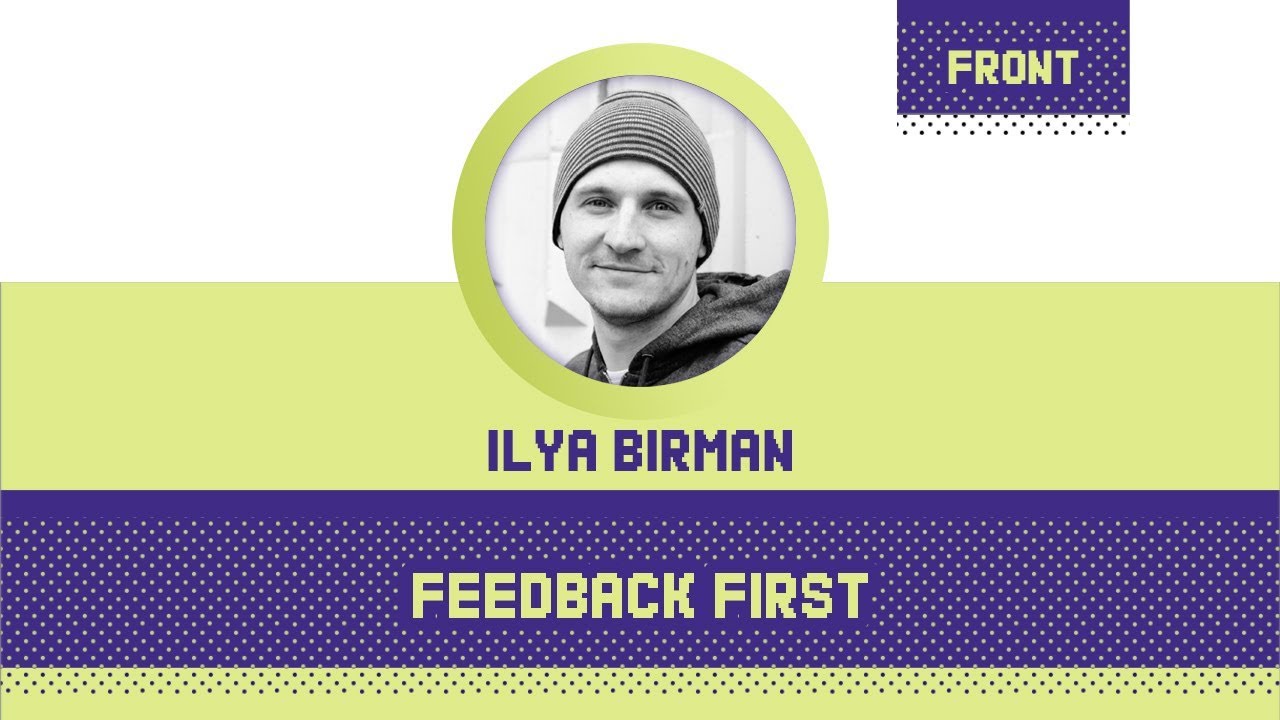Feature request: Temporarily disable password and Face ID
Apple did a great job: they invented Face ID, which reliably protects the phone and still works seamlessly. But the scientists at the Wuhan lab did an even better job: they invented a coronavirus that forced the mankind to wear face masks.
As a result, shopping for groceries with a list in your phone became a torture. You have to enter the damn password every time.
I want a feature: disable iPhone protection for fifteen minutes, during which I can take it out of my pocket and unlock with just a Slide to Unlock, as with the original iPhone.
I guess I can disable all the protection in Settings, but that’s way too much work, and turning the protection back on is even worse; nobody would do it. With my idea you can’t forget anything, the phone returns itself back to protected mode automatically. It could display a red “unprotected” icon in the status bar. Tap on it, and the protected mode returns immediately.
